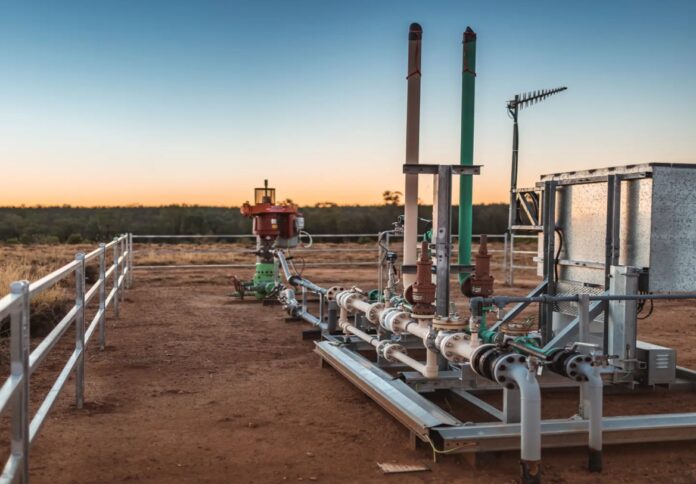
The Australian Government has granted the final EPBC approval for Senex Energy’s expansion of its Atlas and Roma North projects, allowing the $1 billion initiative to proceed.
This expansion is set to create significant employment opportunities and economic benefits for Queenslanders, the government said in a media statement.
During the expansion phase, approximately 900 jobs will be generated, with 200 of these being ongoing positions.
Senex has already secured eight long-term supply agreements with Australian manufacturers, such as CSR, to support this expansion.
“Senex’s investment will create more than 900 Queensland jobs, with many of these roles based in the regions. Around 200 highly-skilled, well-paid jobs will be ongoing as a result of Senex’s investment,” said Ian Davies, CEO of Senex Energy.
He added, “The expansion will also inject more than $200 million into local businesses and communities.”
The Queensland Energy and Jobs Plan aims to establish up to 3GW of low to zero emissions hydrogen-ready gas generation to provide backup power as the state builds a renewable electricity grid.
By 2035, renewable energy is expected to supply 80 per cent of Queensland’s electricity needs, complemented by long-duration hydro energy storage to reduce reliance on coal generators.
“I welcome the news that Senex’s $1 billion expansion project can now move forward,” said Resources and Critical Minerals Minister Scott Stewart.
“This project will support more than 900 jobs and inject more than $200 million into the local businesses and communities. Senex’s project is another example of how Queensland continues to do the heavy lifting when it comes to domestic gas supply,” the minister noted.
According to the government, the Senex expansion project underscores the importance of gas in supporting both the manufacturing sector and the broader energy transition in Queensland.
Since 2017, Queensland has dedicated over 20,000 kilometers of land exclusively for Australian domestic gas supply, with the original Atlas tenement being the first dedicated to domestic supply by the government.
“Unlocking more gas and supplying it to the domestic market is critical for both households and our manufacturing industry,” Stewart added. “We have always said gas is an important part of our energy transition.”
Senex’s expansion is projected to deliver 60 petajoules of natural gas annually to the east coast market by the end of 2025, representing more than 10 per cent of the annual east coast domestic gas requirements.
This substantial increase in natural gas supply is expected to provide a significant boost to the manufacturing industry, ensuring a stable and reliable energy source.
“Our $1 billion expansion will put people in work, support businesses and families in our regional areas, and provide long-term benefits to Queenslanders,” Davies emphasided.
“The royalties delivered through this multi-decade investment will fund hospitals, roads, emergency services, and more, as we support Australia’s energy security through the net zero transition and beyond.”
The Queensland Energy and Jobs Plan, supported by a $26 billion investment as part of the State Budget, aims to deliver batteries, renewable energy technology, and transmission projects like CopperString, facilitating the state’s transition to renewable energy.
“It’s only the Miles Government that has a clear path forward through the Queensland Energy and Jobs Plan,” Stewart remarked, highlighting the government’s commitment to a sustainable energy future.



















